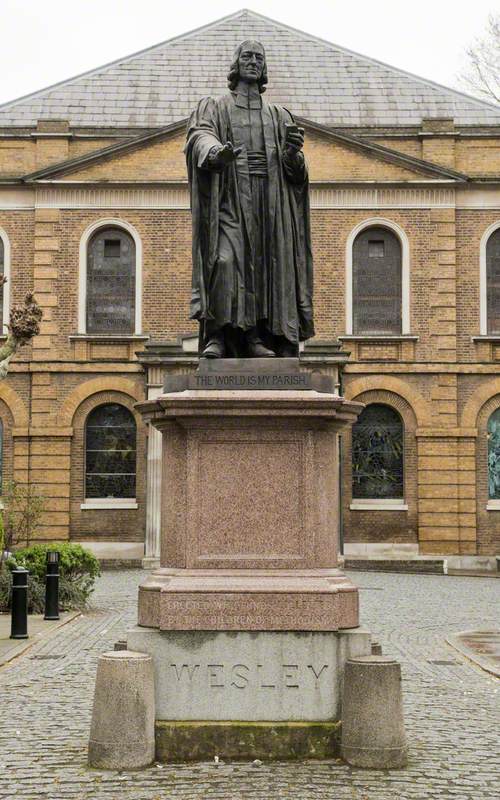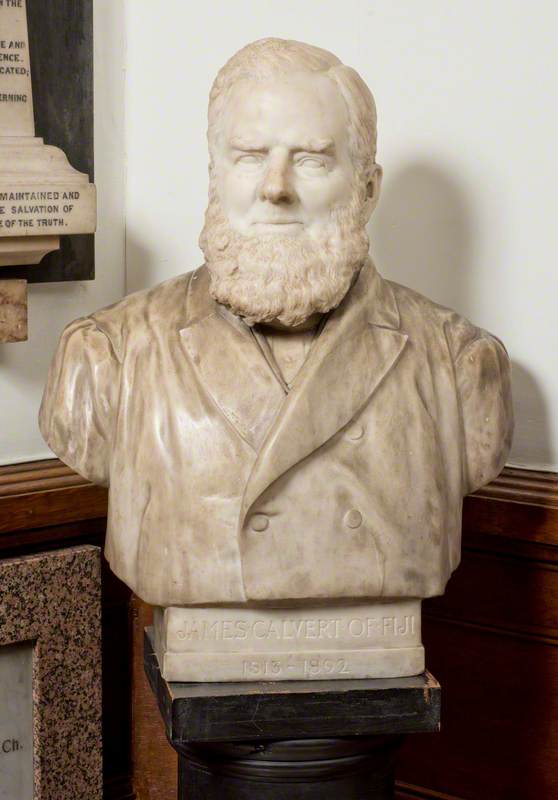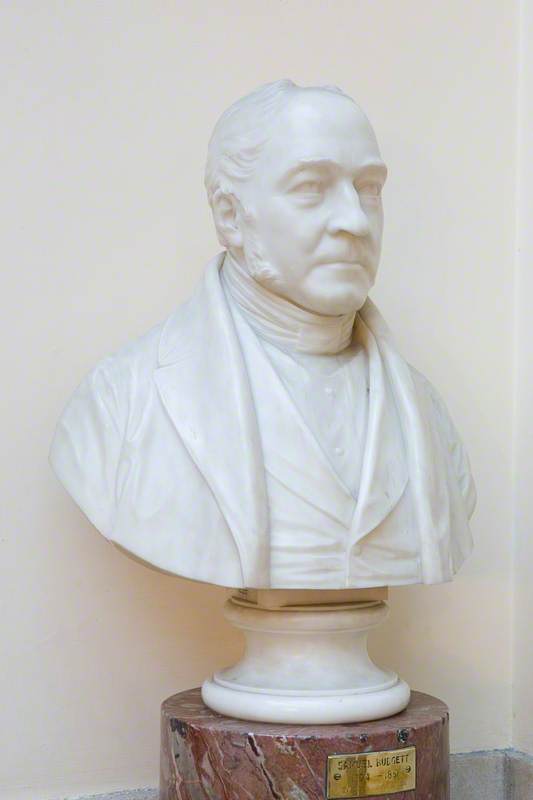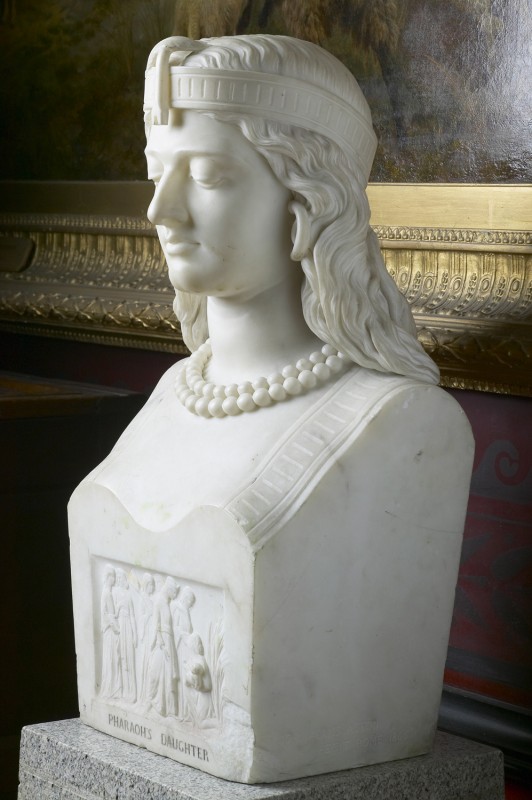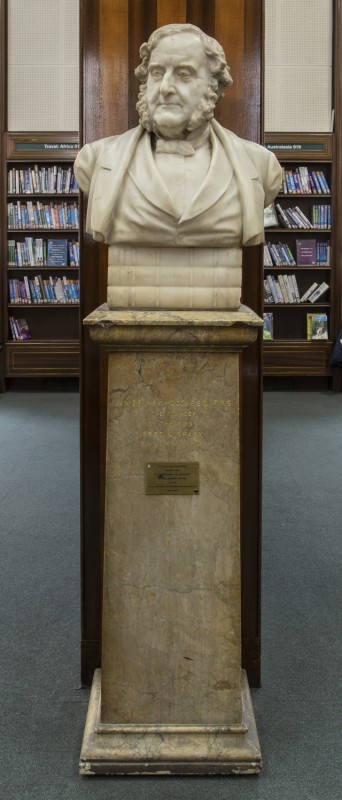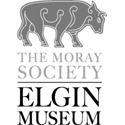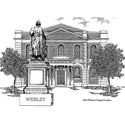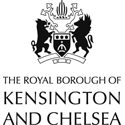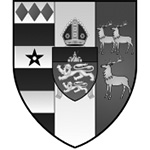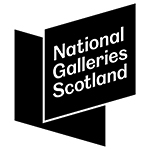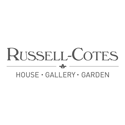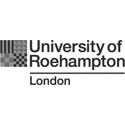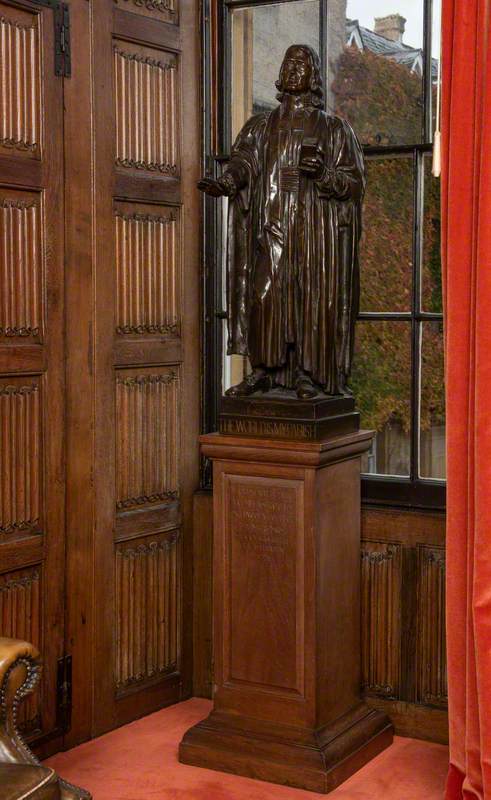
John Adams-Acton was born John Adams [1] at Acton Hall in Middlesex, England on 11 December 1830 and was the son of the artist William Adams (1778?–1836). He received his initial training as an artist with the sculptors Timothy Butler and Matthew Noble, before, in 1853, entering the Royal Academy Schools in London where he studied until 1858. In 1855 he was awarded a Gold Medal for his sculpture Eve Supplicating Forgiveness at the Feet of Adam. In 1858 he won the RA travelling scholarship and subsequently went to Rome where lived until 1865 when he returned to England. Adams-Acton exhibited frequently at the Royal Academy in London from 1854 to 1892. He also exhibited at Suffolk Street Gallery (later Royal Society of British Artists) in London; and at the Royal Glasgow Institute of the Fine Arts.
Adams-Acton is perhaps best known for the many busts of his friend, Prime Minister Gladstone who sat for him over 200 times. He also created busts of Queen Victoria, King Edward VII, and Benjamin Disraeli. His last public work was installed in Westminster Cathedral to great acclaim. It was by cruel fate that he was hit by a vehicle when leaving the cathedral. He never recovered from his internal injuries and died on the Isle of Aran in Scotland on 28 October 1910.
His address was given as Acton Hill, Middlesex in 1854 and 1858; 35 Vicolo de Greci, Rome in 1859; 116 Via Margretta, Rome in 1860 and 1865; 22 Caves Terrace, Shepard's Bush, London in 1866 and 1868; Margutta House, 103 Marylebone Road, London in 1869 and 1882; ; Sunnyside, Abbey Road, London in 1883 and 1888; and 8 Langford Place, St. John's Wood, London in 1889 and 1910. During the late 1870s he also lived for eight months in India. He died at his wife's home on the Isle of Arran on 28 October 1910.
_____
[1] He is thought to have added -Acton to his surname in 1869 to to distinguish himself from the painter John Clayton Adams (1840-1906).
Text source: Art History Research net (AHR net)
Text source: Art History Research net (AHR net)

